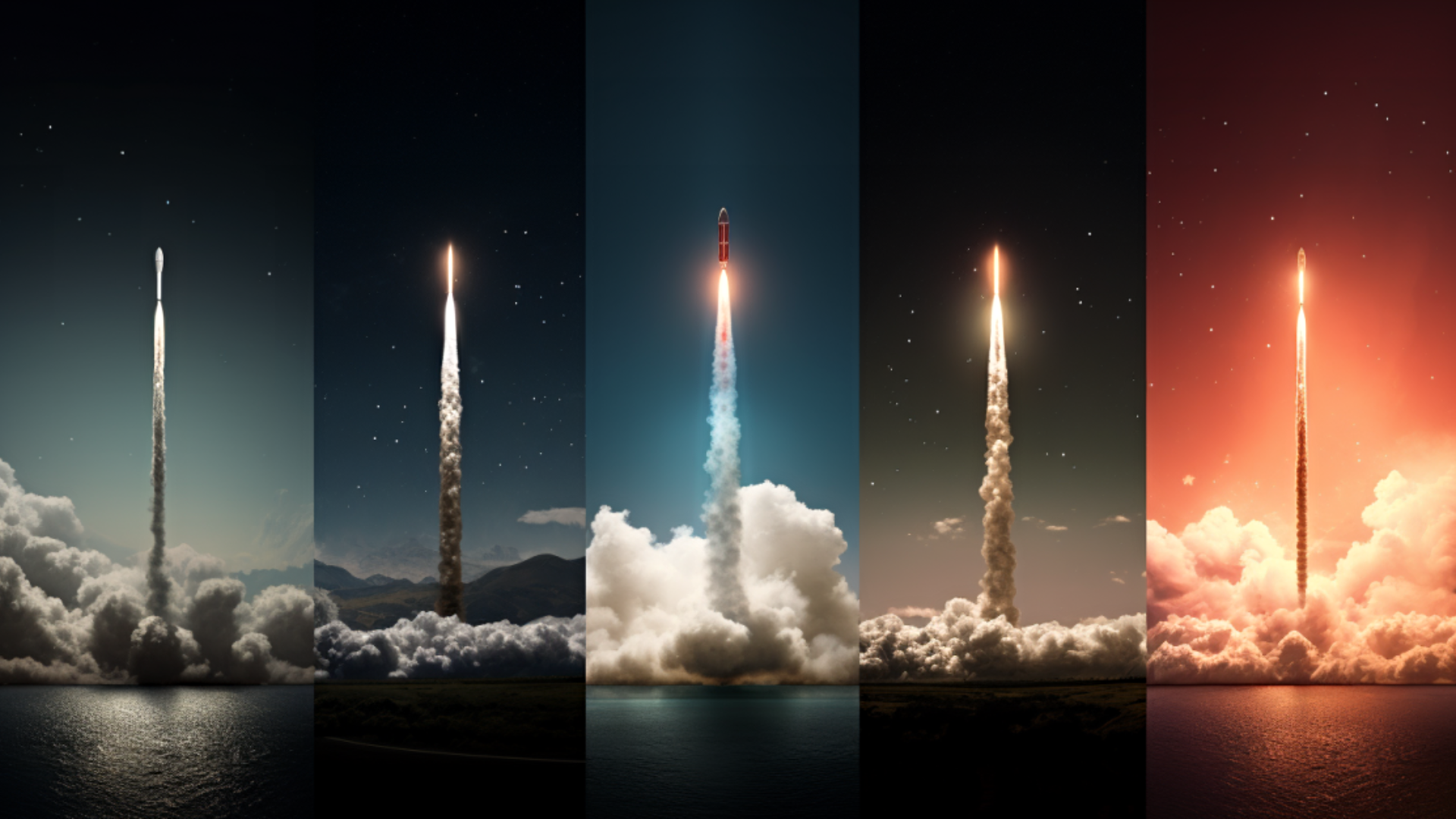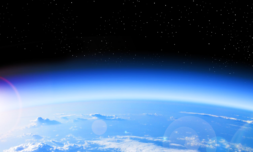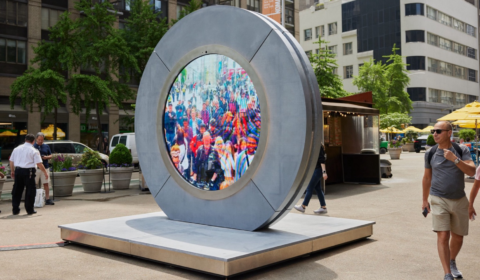A team of researchers has traced atmospheric pollution to types of metal found in rockets and satellites. Is our ozone layer again under threat?
In our quest for knowledge and cosmic expansion, is the Space Age leaving dirty fingerprints on our Earth’s stratosphere?
A team of researchers recently discovered an abundance of pollutant aerosols lingering within the second layer of the planet’s atmosphere – the majority of which are directly traceable to metals used in rocket and satellite launches.
Once considered the ‘pristine area of the atmosphere,’ our stratosphere’s chemistry is now being altered by man-made materials and the future implications are largely unknown.
Since this is home to our planet’s ozone layer, the gaseous shield which protects all life from deadly solar radiation, this is potentially a problem and blissful ignorance will not suffice.
Detailed in the Proceedings of the National Academy of Sciences journal, tools hitched to the nose of a WB-57 research plane found evidence of aluminium, lithium, copper, and lead which likely came from spacecrafts and devices re-entering our atmosphere in a fiery blaze.


Somewhat alarmingly, nearly 10% of large sulfuric acid particles – which help to buffer the ozone layer – recorded 11.8 miles above ground level contained aluminium and other metals synonymous with space travel.
Yup, temperatures in excess of 3,000 degrees Fahrenheit will do that.
Given humanity’s bumpy relationship with the ozone, and the fact it’s finally en route to a complete recovery from our chlorofluorocarbons obsession of the 1980s, scientists are keen to ratify that we’re not repeating the mistakes of the past.




















